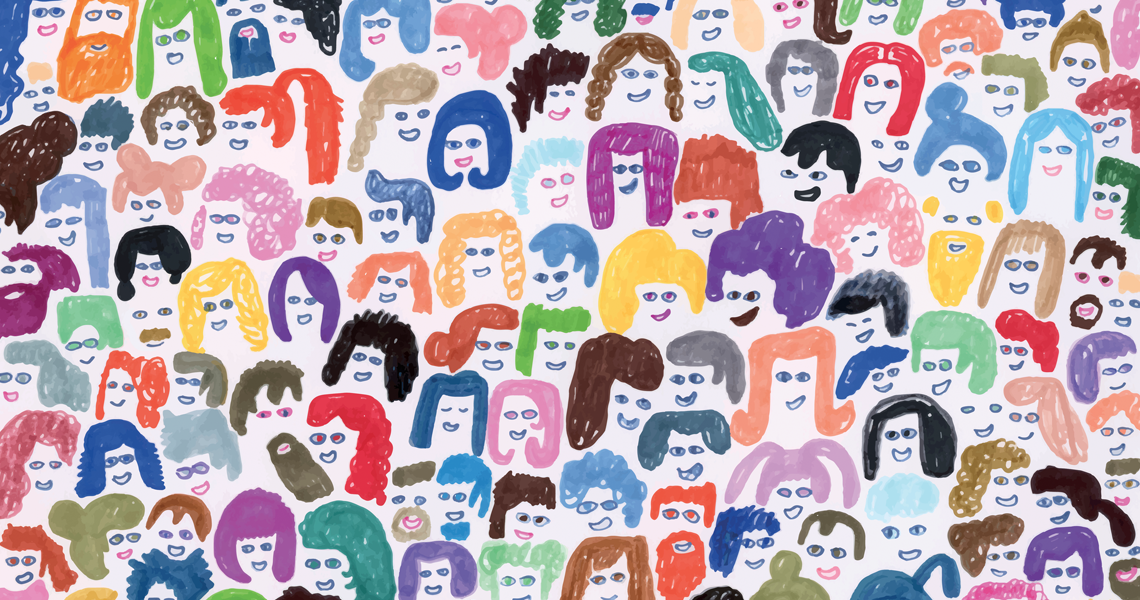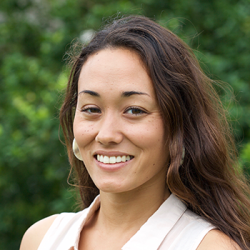
Many people think of personalized learning and images of clean, technologically savvy classroom spaces come to mind.
Every kid with a 1-1 iPad, on their own personalized program, teacher sitting up front monitoring 30 different screens while the newest adaptive reading program helps students fall in love with reading while their lexile level soars upwards and onwards.
Perhaps my description of personalized learning provides a bit of unnecessary fanfare. But as an educator who has worked in a few learning environments with varied ages and diverse needs, and different socioeconomic backgrounds, I feel I can safely say this: putting a computer in front of every kid so that they can get better at learning at their own pace is not what our personalized education founders had in mind for the concept.
Many teachers and school leaders right now, as they imagine schooling during a pandemic, are considering increasing the use of computer-based “personalized learning”—so let’s be sure we do it right.
Let’s try to understand personalized learning in the context of facilitating a Project-Based Learning (PBL) environment. Let’s call this Personalized PBL.
Here’s how to intentionally design Personalized PBL.
There is so much that teachers can do prior to the rollout of a PBL project to ensure that students will have opportunities for personalization-even if and when students still need to use computers to work with each other in socially-distanced education.
1. Intentionally design your community
Personalization starts with the community. In order for your students to feel personally connected to learning, there is an element of social safety, connectedness and ownership that occurs in the classroom (or online) community.
“Intentional design” of a learning community is about establishing the value systems that all of your classroom practices exist within. So for example, I greatly value student voice and choice in everything that happens in my classroom, and therefore, establish student voice and choice as a value system, versus just a protocol. I make sure that student voice and choice is infused in everything that we do, from the smallest opportunities to give feedback on how the lesson went that day, to getting to choose personalized paths of learning that feel good to the learner.
Another value that might drive your intentionally designed community is the use of time. Providing flexible use of space and time allowed students to see the classroom as a community space where change is constant. They knew what to expect, but they also knew that change was the norm. We often have conversations about “time,” and how the time is theirs, not mine, so how it is used within a given amount of space is up to them. Ownership of time drove our community to be intentional and purposeful, versus predictable and teacher-driven.
2. Intentionally design the road map for students
You aren’t driving this trip. The students are. But you are drawing them a road map to help guide them to their final destinations. Even before the start of a school year, a project, or a unit, you can sketch out this road map for students to be successful in the PBL environment. It’s important to note that just because you provide the road map, it doesn’t mean that the learning isn’t personalized. It’s personalized when students construct their own meaning around the learning.
Overall routines can be sketched out in order to exercise flexibility of space and time, such as entrance and exit routines, and what it looks, feels and sounds like during project work time. Also, clearly mapping out the project’s targets and checkpoints along the way, and making this visible to students from the start, is going to help them feel personal ownership over their work.
3. Intentionally design for co-construction of learning
You may have noticed a theme of personalized PBL… that this process is very social and interdependent on other learners. It can seem antithetical that the word “personalization” is actually the process of “co-learning,” but I’ve found that learning is made more meaningful to us when it is co-constructed.
Personalization is dependent on the interactions between the teacher and student, and also between students. When you are setting up a PBL experience, intentionally designing opportunities for co-construction can help students to have a more personalized learning experience.
When choices around learning are made together, the collective group will experience the consequences of these decisions. You end up with a collective intelligence that is trying to solve a problem, instead of a solo learner trying to “figure it out.” What this means for education is that the teacher is not making all of the decisions from the jump, and is allowing some of the “end destinations” to remain open and up to the decision of the learner(s). The outcome being that you’ve designed a learning experience so intentionally that students are actually co-constructing the meat of that experience.
For example, when I was teaching the time period of the American Revolution, I wanted students to be able to grapple with history in a way they felt connected to. This was going to be different for every kid, so I designed a road map where some students would grapple directly with the primary sources, some would learn the history through empathy of reading the book Chains by Laurie Halse Anderson, and some would take on the role of people in this time period through acting.
Every pathway had a different outcome, but the expectation of being able to evaluate the multiple perspectives of the time period were the same across the class. We made decisions in every class period together, about the content, about how class went and what we needed to do differently and better next class, about where and when we worked on things… 36 students co-constructing their community to work for them.
There are many ways to enact Personalized PBL, but at the core of it, it is about community, routines, and social construction of learning.
The outcome? A reformed, more powerful definition of personalized learning. Let’s make this the kind of learning our students deserve this fall, and beyond.

